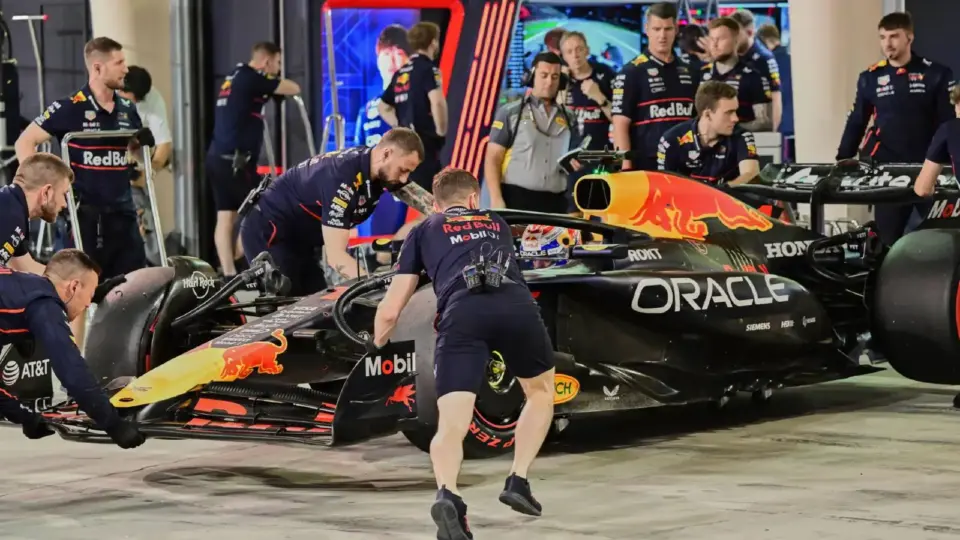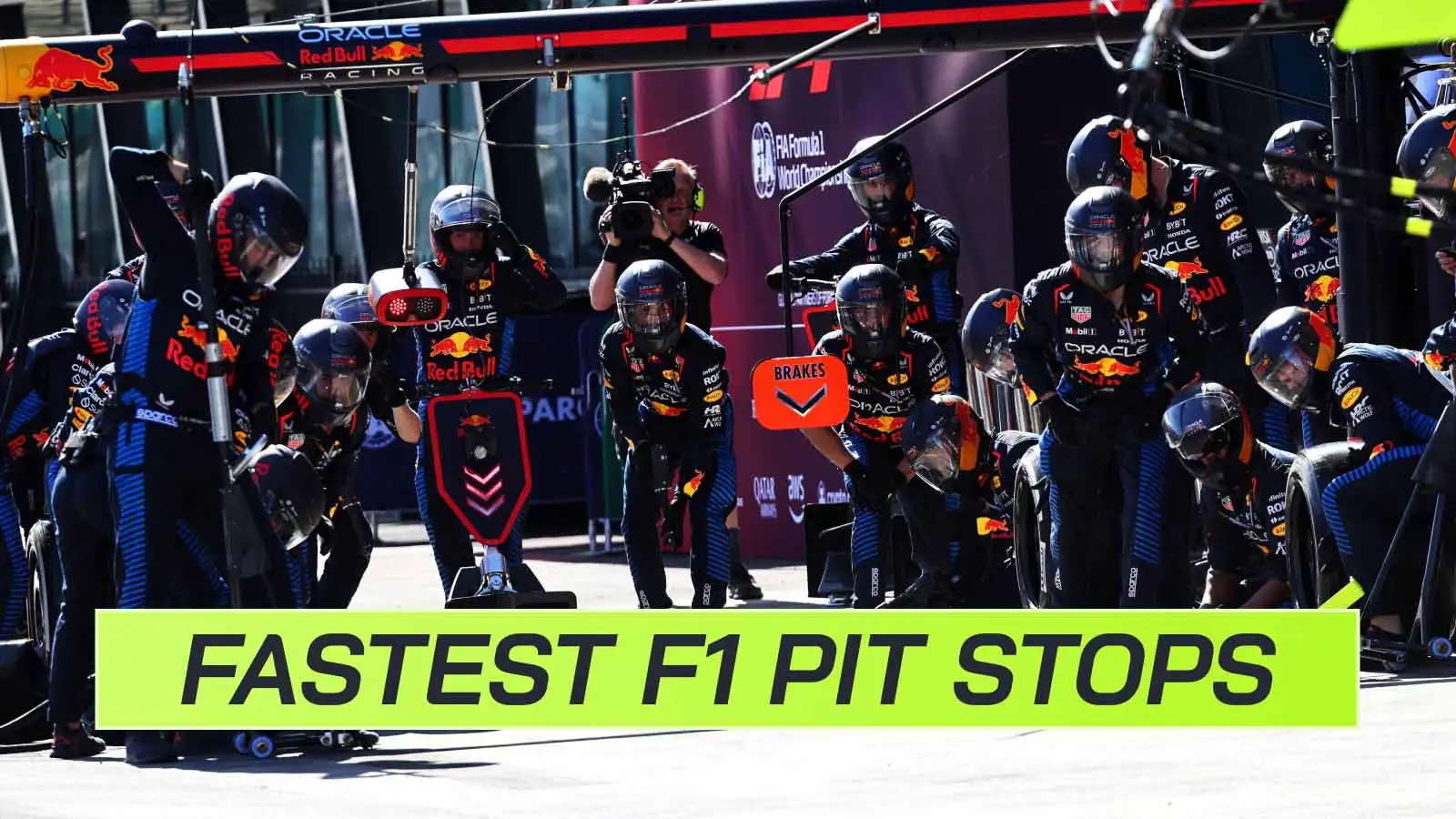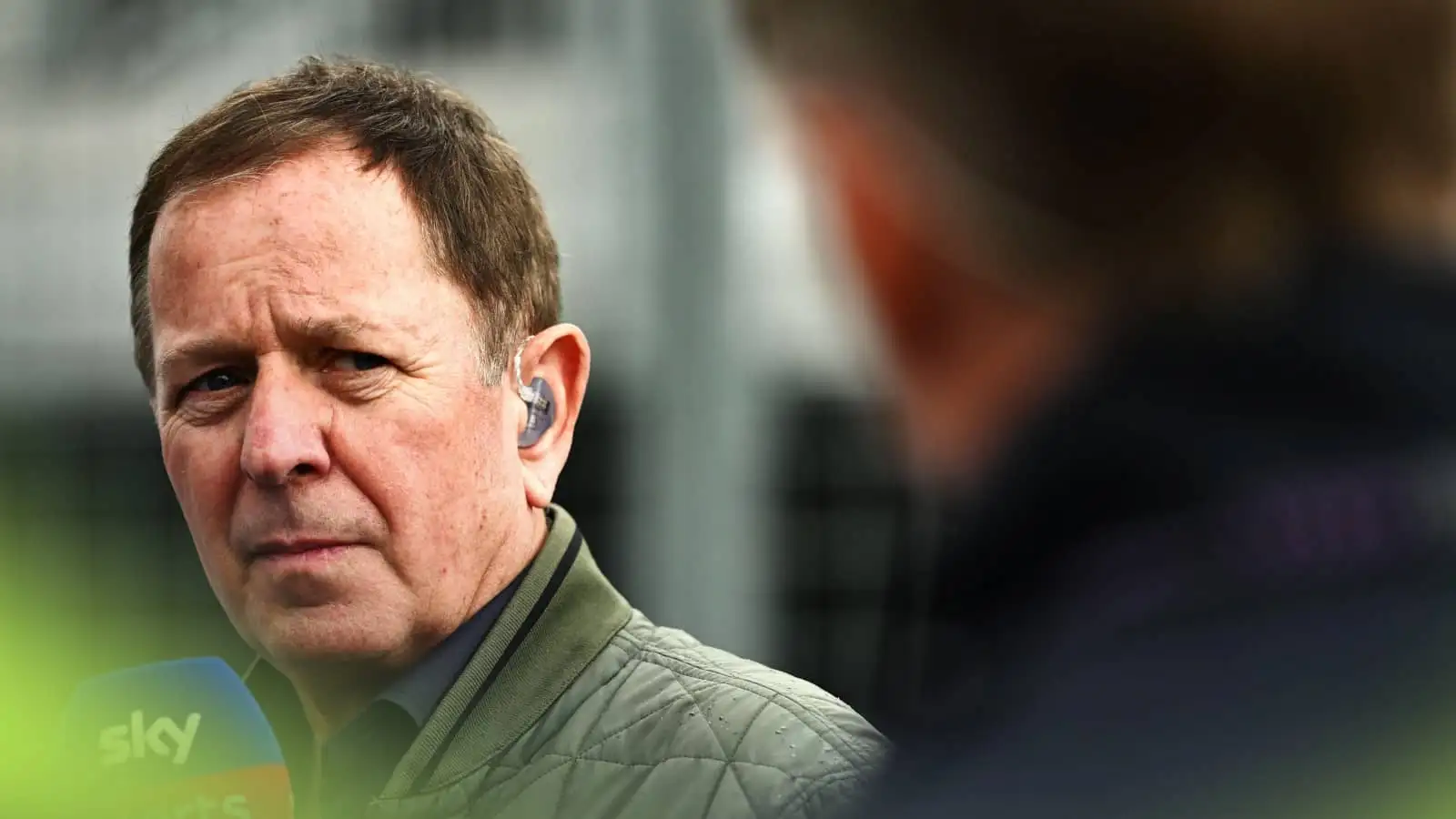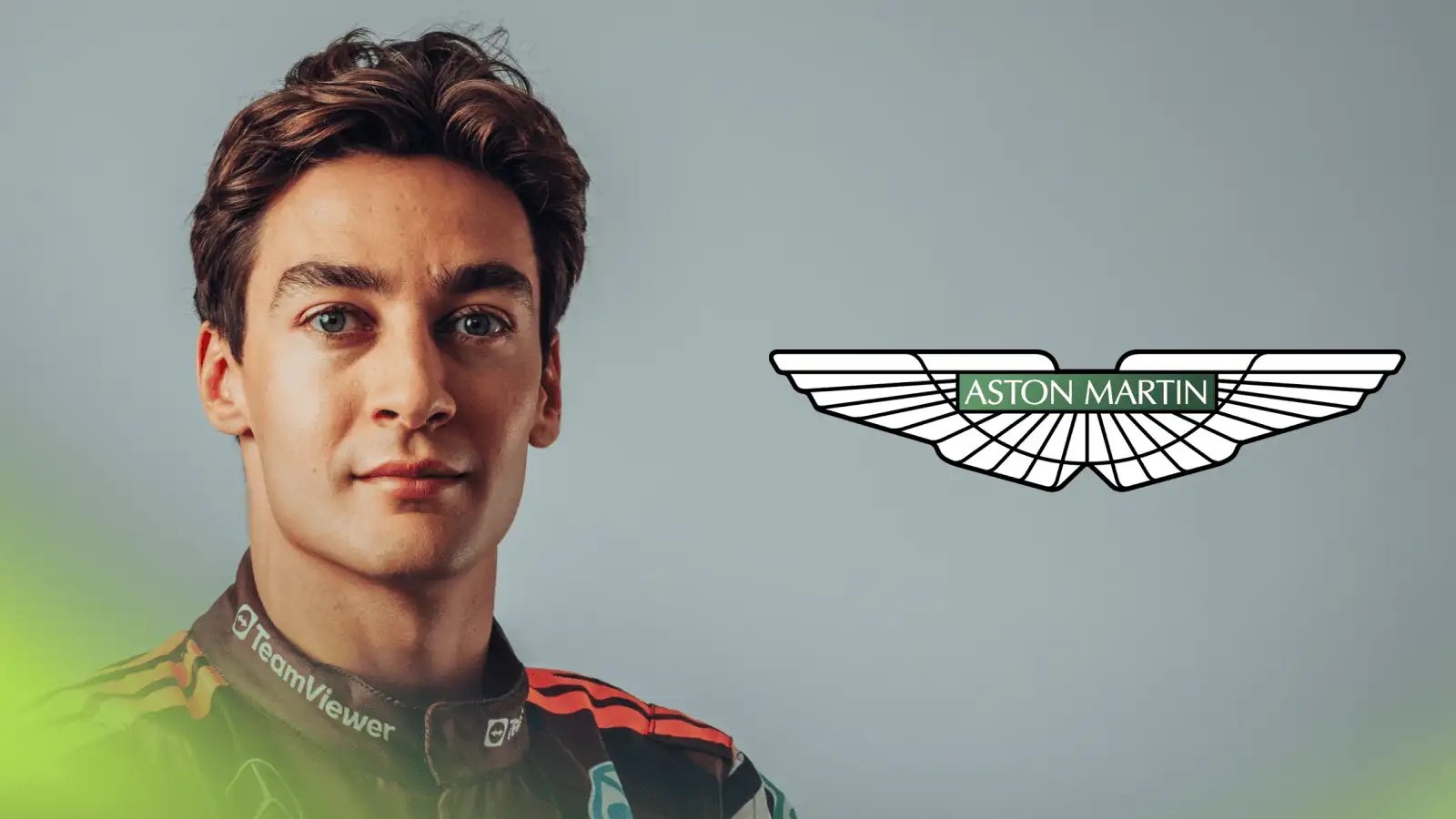Nico Hulkenberg’s unexpected disqualification at the Bahrain Grand Prix left fans and experts alike scratching their heads. In the fast-paced world of Formula One, even the smallest technical infringement can lead to dramatic consequences, as Hulkenberg discovered when his Sauber was found to have plank wear below the 9mm requirement—an error the team admitted to, labeling it a ‘genuine mistake.’
The issue here was the wear on the plank beneath the car, a crucial component subject to strict regulatory standards. While exceeding speed limits or tactical misjudgments are common topics of discussion in racing, the specifics of plank wear caught the attention of fans and experts. According to Hulkenberg, a shift in wind conditions during the race might have exaggerated this wear, with the headwind pushing the car down more aggressively than anticipated.
‘I think it was a little bit too much wear, it’s as simple as that,’ Hulkenberg remarked candidly while addressing the press in Saudi Arabia. He explained that the increased headwind during qualifying and the main race on the main straight could have amplified the downward pressure on his Sauber, contributing to the unintentional infraction.
The disqualification came after the Bahrain race where post-race inspections revealed the infraction. Hulkenberg’s reflection on the incident suggests that the conditions on race day played a significant role. While the technical breach was unintentional, it was a harsh reminder of the exacting nature of Formula One regulations.
Hulkenberg, already on the scoreboard with a P7 finish in Melbourne, noted that these circumstances highlight the need for perfection in every area of the race. From strategy to execution—every detail counts. Despite the setback, he remains optimistic, acknowledging that while the team needs to hit the nail on the head every race weekend, they aren’t far from their rivals in terms of performance.
Nico Hulkenberg’s experience underscores the unforgiving precision of Formula One, where factors as transient as wind can alter the outcome of a race. His outlook remains determined, stressing the importance of continuous improvement and adaptation to maintain competitive performance. As teams refine their strategies and address minute elements that can sway a race’s result, Hulkenberg’s case serves as a reminder of the intricate balance required in this high-speed sport.










